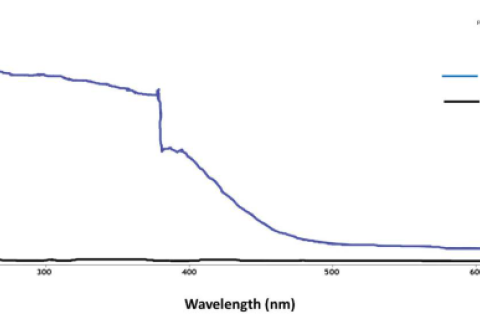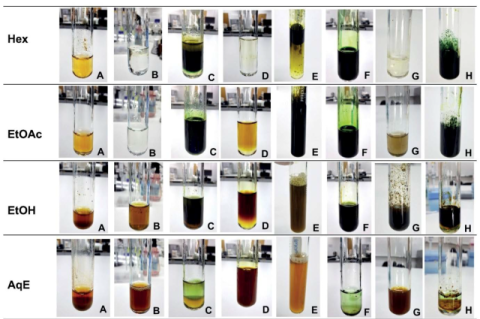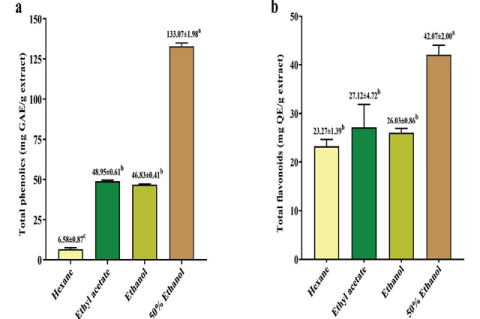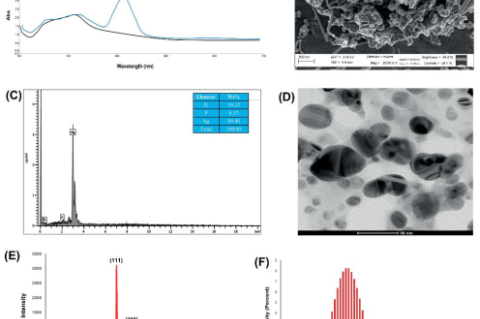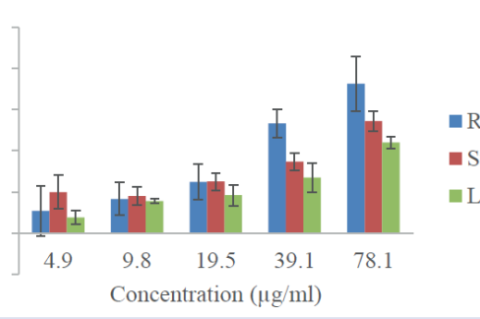Antioxidant
latest
Comparative Phytochemical, Antioxidant, and Antibacterial Study of Different Solvent Extracts of Cissus hastata Leaves
2 months 1 week ago By sys1 [comment_count]
Read more
Discover How Ashwagandha May Impact Health: A Comprehensive Review
4 months 2 weeks ago By sys1 [comment_count]
Read more
Antimicrobial and Antioxidant Activities of Phanera aureifolia (K.Larsen & S.S.Larsen) Bandyop., P.P.Ghoshal & M.K.Pathak Leaf Ethanolic Extracts
4 months 2 weeks ago By sys1 [comment_count]
Read more
Phytochemical Screening, Antioxidant Potential, and α-Glucosidase Inhibition of Causonis trifolia Leaf Extracts: A Solvent-Based Comparative Study
6 months 3 weeks ago By sys1 [comment_count]
Read more
Myricitrin-Mediated Biogenic Silver Nanoparticle Synthesis, Characterization, and its Antioxidant, Anticancer, and DNA Cleavage Activities
6 months 3 weeks ago By sys1 [comment_count]
Read more
A Review: Searsia genus and Its Potential Anti-Cancer Properties
8 months 4 weeks ago By sys1 [comment_count]
Read more
Comprehensive Antioxidant Evaluation of Tiliacora triandra Extracts: Assays of Leaf, Stem, and Root
8 months 4 weeks ago By sys1 [comment_count]
Read more
